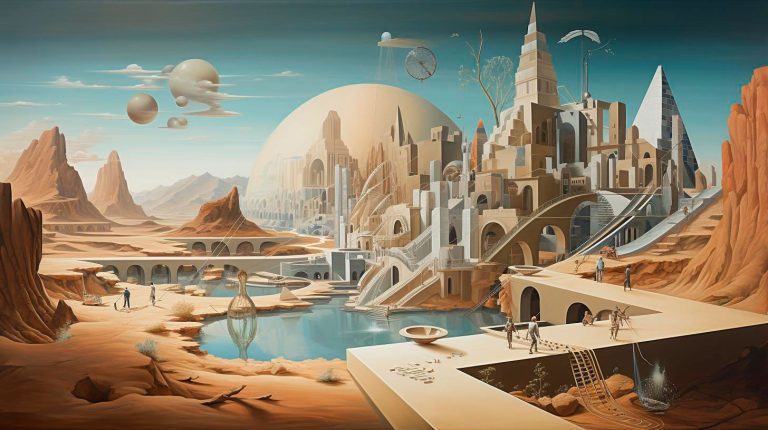Understanding Abstract Photography
Abstract photography is an artistic genre that involves capturing images that do not represent the traditional subjects in a direct or obvious manner. Instead, abstract photographers focus on shapes, patterns, textures, colors, and other visual elements to create visually striking and thought-provoking images.
Nowadays, abstract photography has gained immense popularity among photographers and art enthusiasts. It allows photographers to break free from the constraints of literal representation and opens up a world of infinite possibilities. By deconstructing subjects into their most basic elements, abstract photography encourages viewers to interpret images in their own unique way.
The Importance of Composition in Abstract Photography
While composition plays a vital role in all forms of photography, it becomes even more critical in abstract photography. Since abstract images often lack a recognizable subject, well-thought-out composition becomes the driving force behind creating visually engaging and impactful photographs.
A strong composition in abstract photography helps guide the viewer’s eye and allows them to navigate through the image seamlessly. By understanding and implementing effective composition techniques, photographers can create images that convey emotions, tell stories, and evoke a sense of wonder and curiosity.
Key Composition Techniques in Abstract Photography
Let’s explore some key composition techniques that can elevate your abstract photography to new heights:
- Rule of Thirds: Divide your frame into nine equal parts using two horizontal and vertical lines, and position your main subject along these lines or at their intersections to create a visually balanced and harmonious image.
- Leading Lines: Utilize lines within your frame, such as roads, bridges, or even patterns, to guide the viewer’s eye and create depth and visual interest.
- Negative Space: Leaving areas of empty space within your composition can enhance the impact and focus on the main subject, allowing it to stand out and breathe.
- Textures and Patterns: Experiment with capturing various textures and patterns to add visual complexity and intrigue. Play with light and shadow to emphasize the textures further.
- Color Contrast: Use contrasting colors to create visual tension and make your images captivating. Experiment with complementary or opposite colors for a striking effect.
- Abstracting Reality: Look for everyday objects or scenes that can be transformed into abstract images through unique angles, close-ups, or creative use of camera settings.
Advantages of Abstract Photography
Abstract photography offers numerous advantages that can inspire and benefit photographers:
- Unleashing Creativity: Abstract photography allows photographers to push their creative boundaries, experiment with new techniques, and develop a unique visual style.
- Expressing Emotions and Concepts: Through abstraction, photographers can convey emotions, ideas, and concepts in a way that traditional photography often cannot do.
- Enhancing Observation Skills: Abstract photography encourages photographers to observe their surroundings more closely, finding beauty and inspiration in the smallest details.
- Encouraging Interpretation: Abstract images invite viewers to interpret them personally, fostering a deeper connection and engagement with the artwork.
Key Takeaways
In summary, abstract photography offers a fascinating journey into the realm of creativity and visual expression. By mastering composition techniques and embracing the unique characteristics of this genre, photographers can create captivating and thought-provoking images that push the boundaries of traditional photography.
Remember these key takeaways:
- Abstract photography focuses on shapes, patterns, and colors rather than representing recognizable subjects.
- Composition is crucial in abstract photography to create visually engaging and impactful images.
- Experiment with various composition techniques like the rule of thirds, leading lines, and negative space.
- Abstract photography allows photographers to unleash their creativity and express emotions and concepts effectively.
If you are a photography enthusiast seeking new avenues to explore, abstract photography might just be the perfect genre for you. Embrace the mastery of composition, let your creativity soar, and capture the world through a different lens.


















+ There are no comments
Add yours